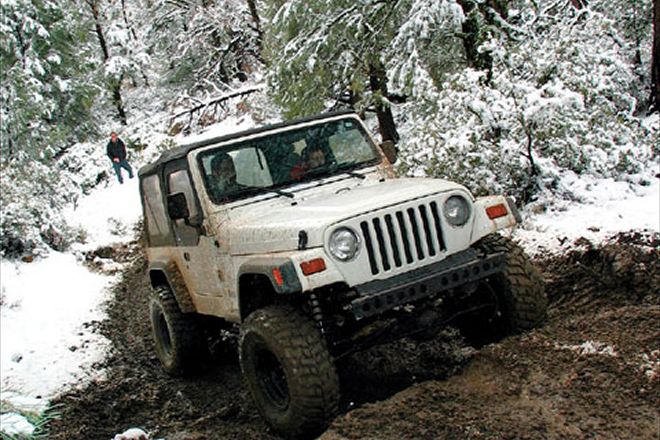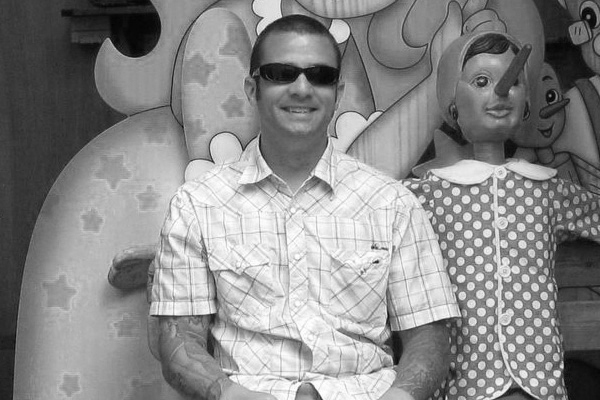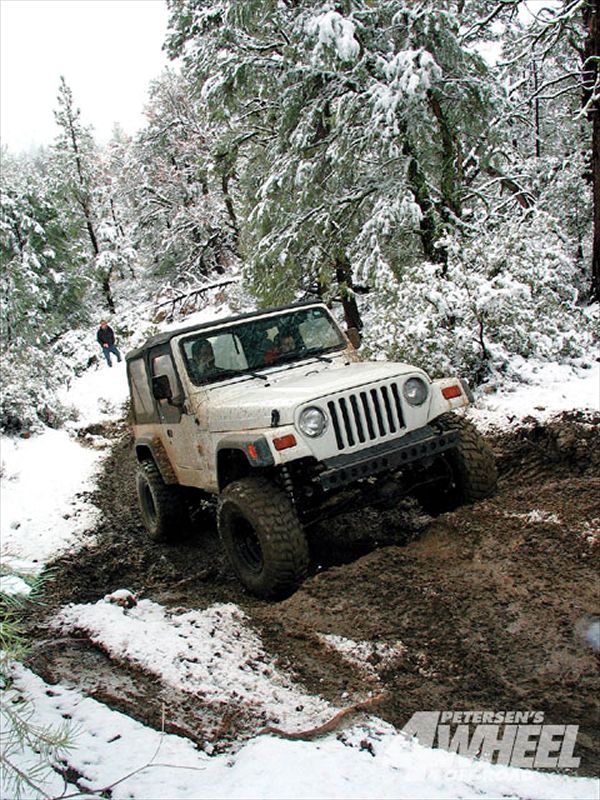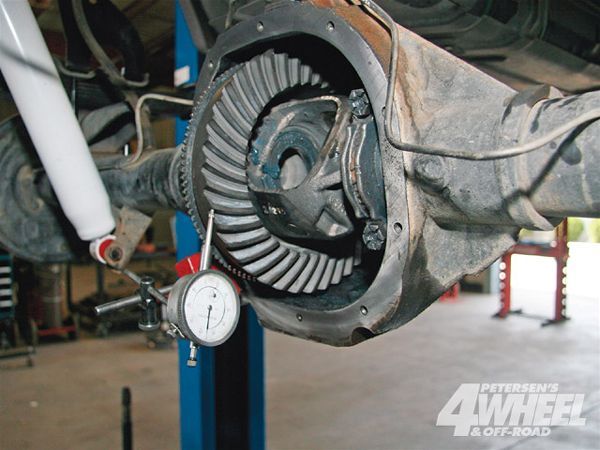
 Ali Mansour
Brand Manager, 4WD & Sport Utility
Photographers:
John Cappa
Ali Mansour
Brand Manager, 4WD & Sport Utility
Photographers:
John Cappa

Doing more with less is what four-wheeling is all about these days. Sure, we'd all like an earth-dominating rig that never breaks and has limitless power, but unless you're a sheik, it's probably not going to happen. We're like most of you when we look at building a rig. We need it to perform well, make it to the trail and back home, and then stay together long enough to endure our weekly commute.
Recently we tossed on a 4-inch lift and 33-inch Claws on a '97 Jeep Wrangler TJ that's equipped with an extremely tired 2.5L four-cylinder engine. Usually a tire that's only 33 inches tall won't rob all of your power, but for this creampuff the stock 4.10 gears were just not enough to maintain highway speeds. Trail performance definitely suffered too. We needed a power solution, and since an engine swap isn't in our budget, we opted to install a set of 4.88 gears to bring the underpowered wheeler back to life.
After receiving our new Superior gearset and master install kits from 4x4 Drivetrain Parts, we headed to the Jeep experts at Cape Fear 4x4, on the Carolina coast. Over the course of a few hours, during the changing out of the ring-and-pinion in our Dana 30 front and Dana 35 rear axle combo, we noted important things to watch for. Although it is not exactly reinventing the wheel, setting up gears does take skill. We suggest taking your rig to a pro if you are the least bit unsure. An improper gear install can translate to more problems and cost you way more than the few hundred bucks you tried to save by doing it yourself.

Dial In
Having a dial indicator is extremely important and will spare you from guessing if everything is set up correctly. Don't be surprised if it takes you a few times to land the suggested numbers and gear pattern, as installing gears isn't a cake walk for the average wrencher. Also, gears need to be broken in, so as bad as you will want to go right to the trail and test your new power, we suggest that you wait. Though it may be tough to do, for the first 100 miles or so, try and drive your vehicle in short bursts to allow the gears to cool off. And be sure to wait until you've tossed on around 500 miles before towing or drag racing your neighbor's hot rod.





